Optimal Timing for Garden Restorations
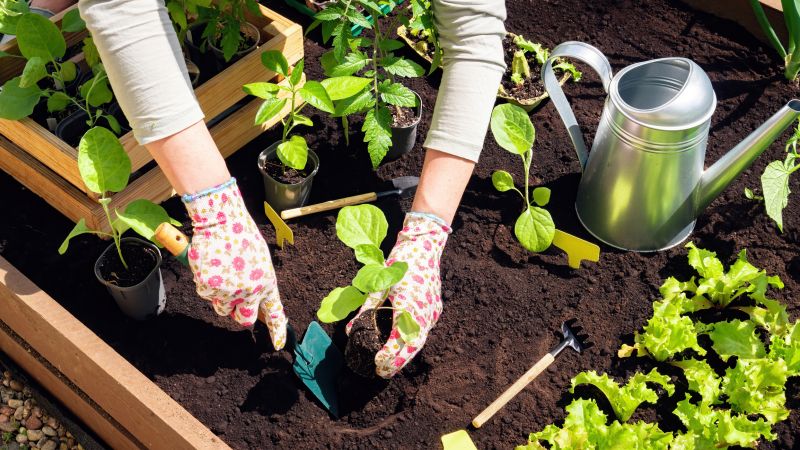
Spring offers optimal conditions for planting and restoring gardens, with moderate temperatures and increased rainfall promoting healthy growth.

Summer may be suitable for certain restoration activities, especially in cooler regions, but high temperatures can stress plants.
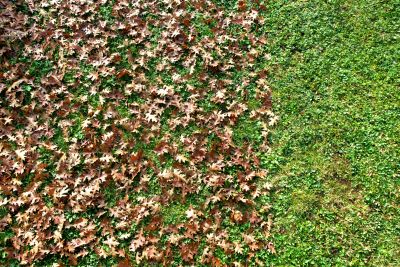
Fall provides cooler weather and prepares gardens for winter, making it an ideal time for major restorations and planting.
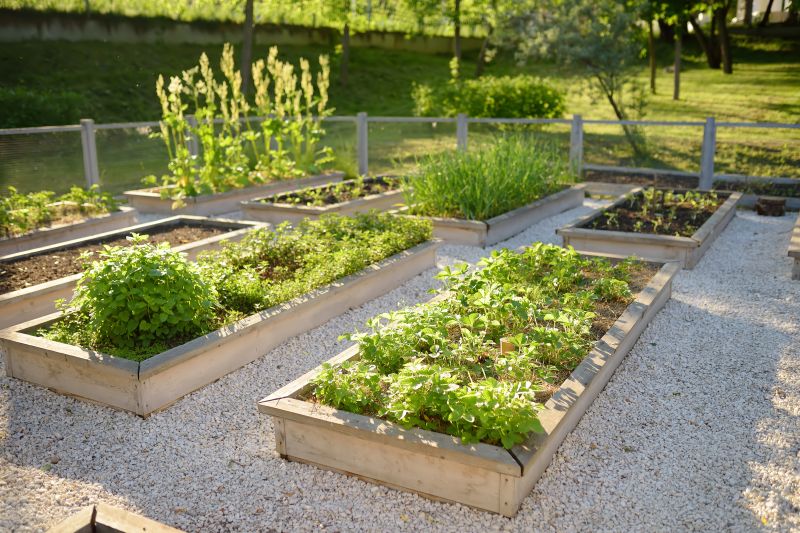
Ways to make Garden Restorations work in tight or awkward layouts.

Popular materials for Garden Restorations and why they hold up over time.
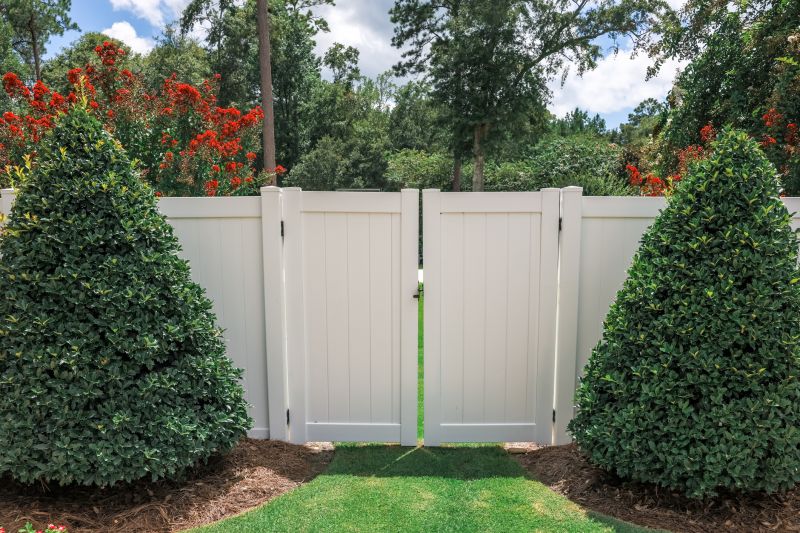
Simple add-ons that improve Garden Restorations without blowing the budget.

High-end options that actually feel worth it for Garden Restorations.
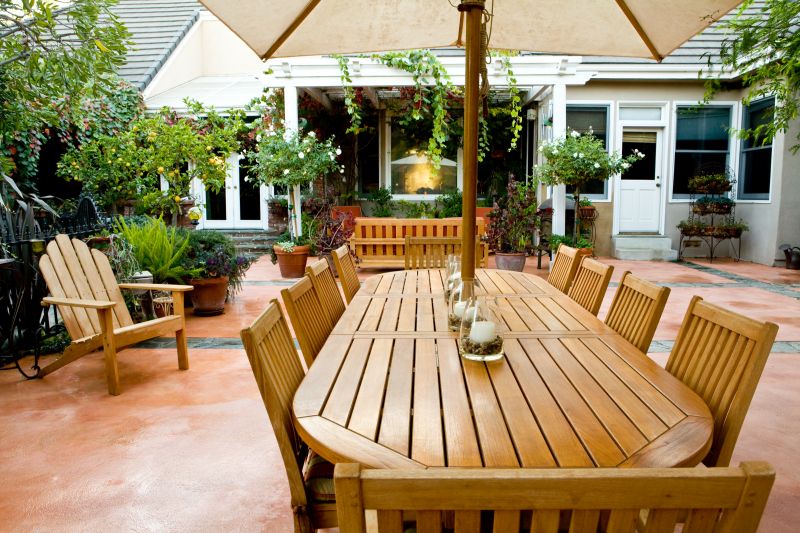
Finishes and colors that play nicely with Garden Restorations.
Garden restorations involve revitalizing and repairing garden landscapes to enhance aesthetic appeal and functionality. Proper timing ensures plants establish well and the landscape develops healthily. Factors such as soil temperature, moisture levels, and plant dormancy periods influence the best time for restoration activities.
Statistics indicate that gardens restored during optimal seasons experience a higher success rate, with up to 85% plant survival and improved growth rates. Planning restorations during spring and fall minimizes stress on plants and maximizes the effectiveness of landscaping efforts.
Preparing soil and planting early in spring encourages strong root development and vibrant growth.
Planting in fall allows plants to establish roots before winter, leading to healthier growth in spring.
Understanding regional climate patterns helps determine the best window for garden restorations.
Conducting soil tests before restoration ensures appropriate amendments and optimal planting conditions.

A vibrant spring garden with new growth and fresh plantings.

A well-restored garden in autumn with colorful foliage.
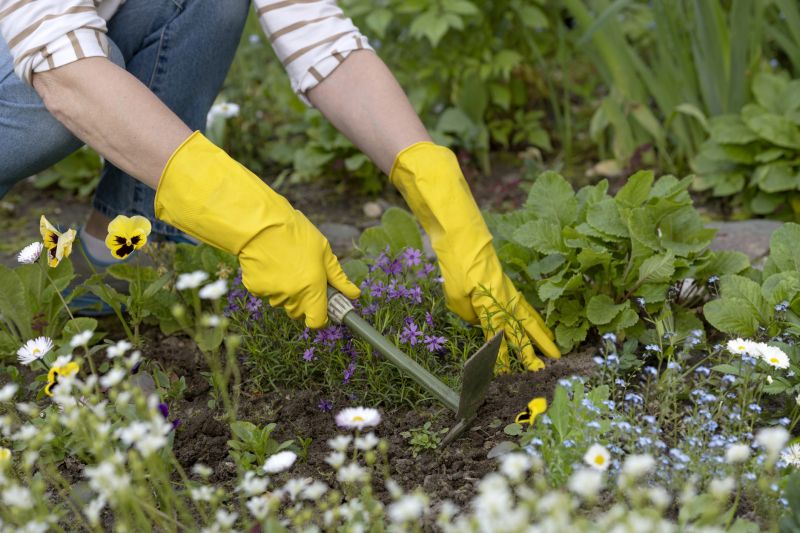
Tools used for soil preparation and planting.
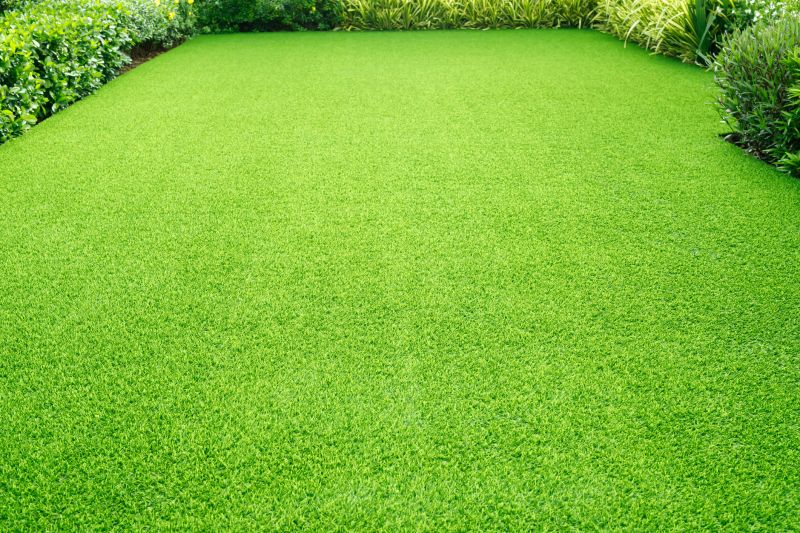
Plants thriving after successful restoration efforts.

Little measurements that prevent headaches on Garden Restorations day.

A 60-second routine that keeps Garden Restorations looking new.

A frequent mistake in Garden Restorations and how to dodge it.

Small tweaks to make Garden Restorations safer and easier to use.
| Season | Best Activities |
|---|---|
| Spring | Soil preparation, planting, pruning |
| Summer | Maintenance, watering, minor repairs |
| Fall | Major planting, soil amendment, mulching |
| Winter | Planning, site cleanup, protection measures |
Timing plays a crucial role in the success of garden restorations. Properly scheduled activities can lead to healthier plants, improved landscape durability, and enhanced visual appeal. Consulting local climate conditions and understanding plant dormancy cycles are essential for optimal planning.

Early spring planting ensures plants establish before the heat of summer.
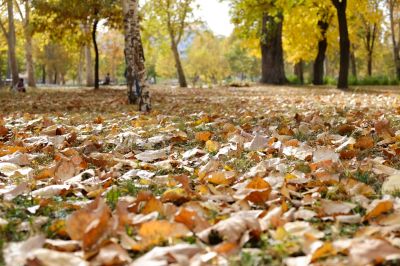
Fall is ideal for planting and soil improvements to prepare for winter.

Summer requires careful watering and pruning to support ongoing growth.
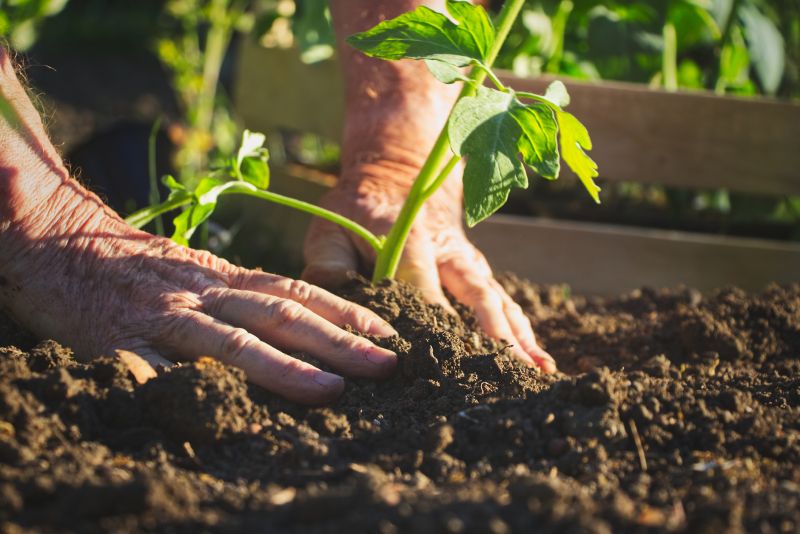
Winter is suitable for planning and protecting existing plants.

Lower-waste or water-saving choices for Garden Restorations.
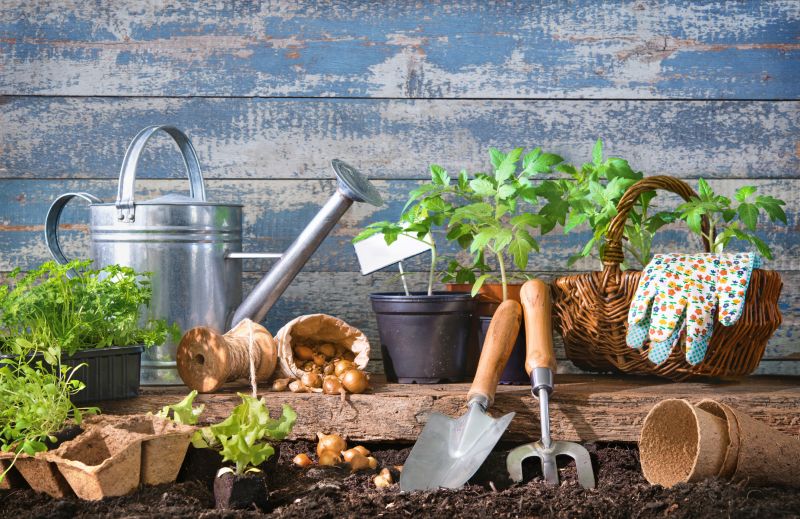
The short, realistic tool list for quality Garden Restorations.
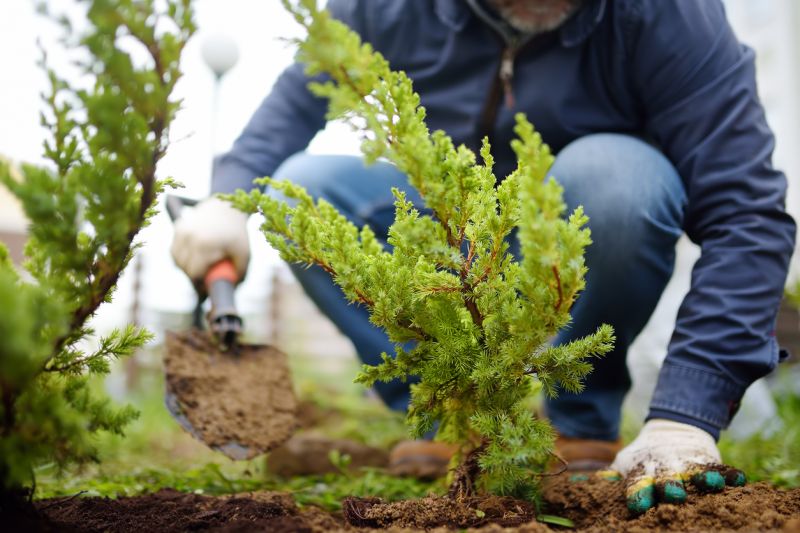
Rough timing from prep to clean-up for Garden Restorations.
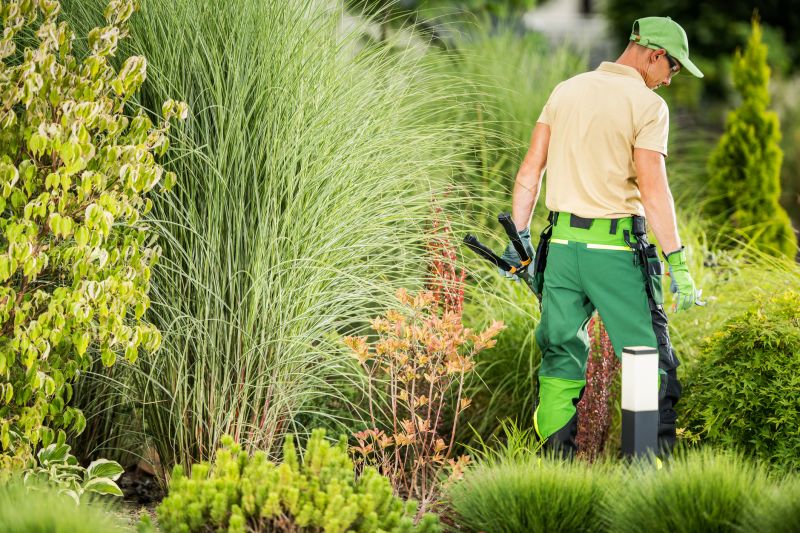
Quick checks and paperwork to keep after Garden Restorations.
Interested in restoring a garden landscape? Filling out the contact form can provide tailored guidance on timing and techniques suitable for specific garden conditions.
